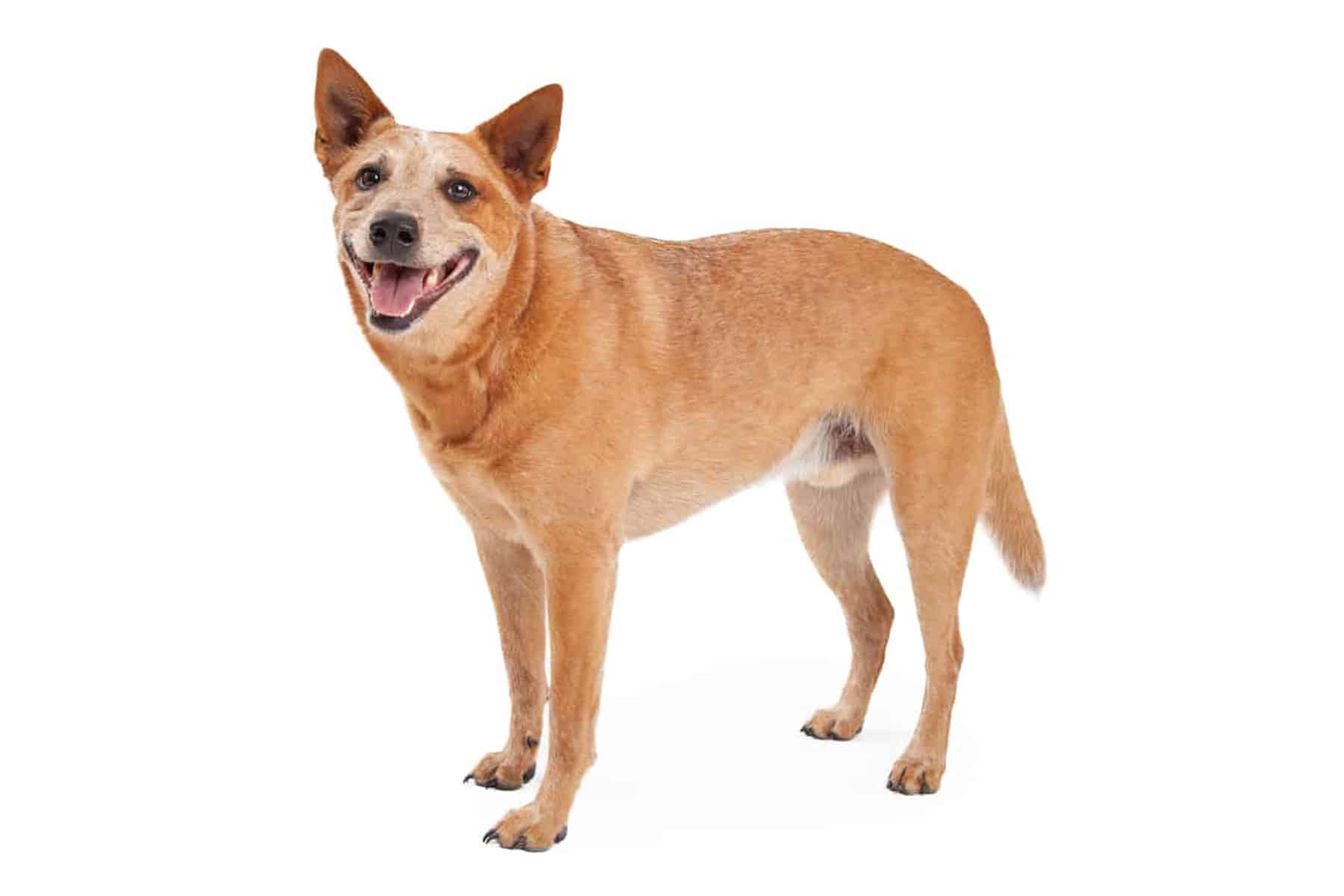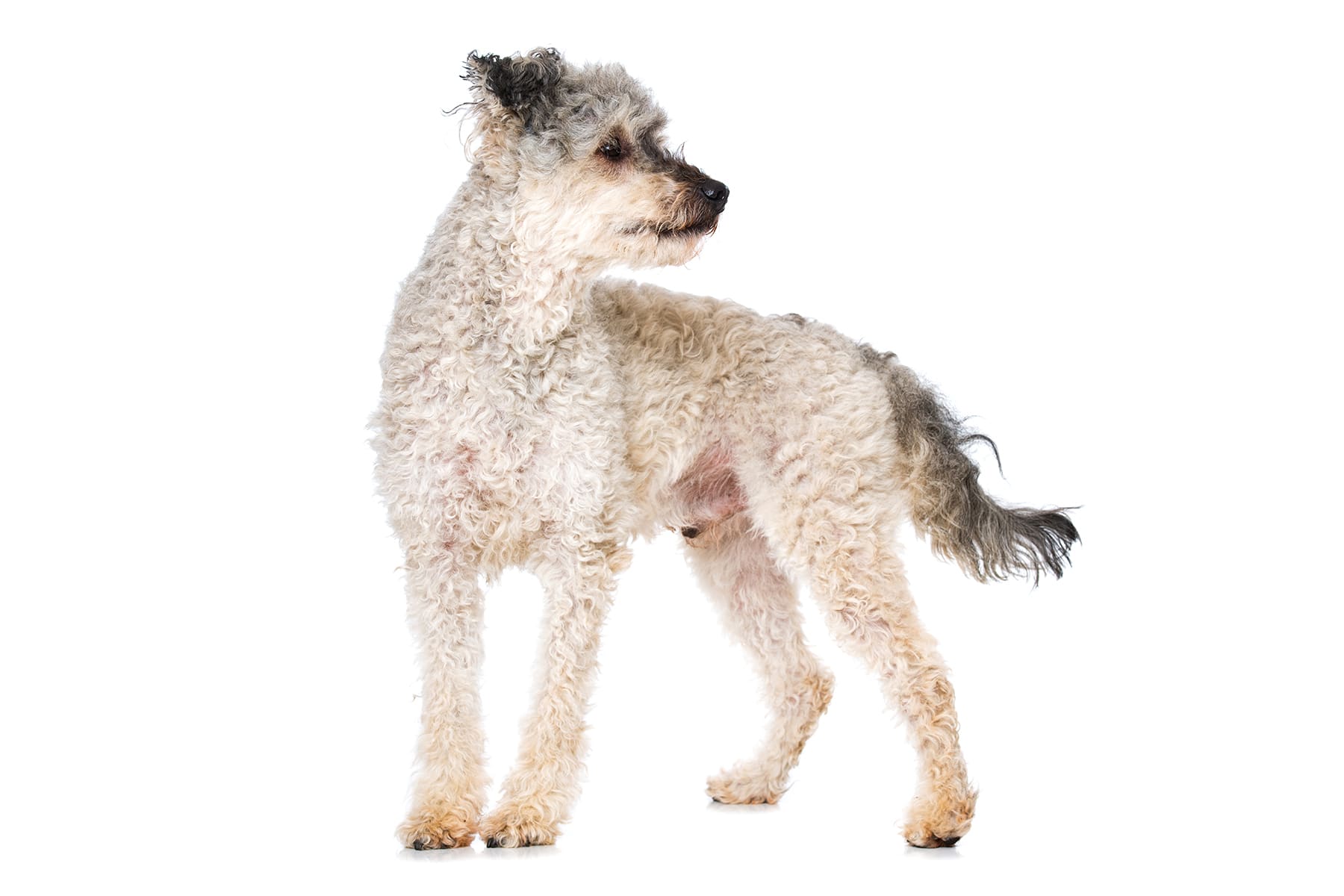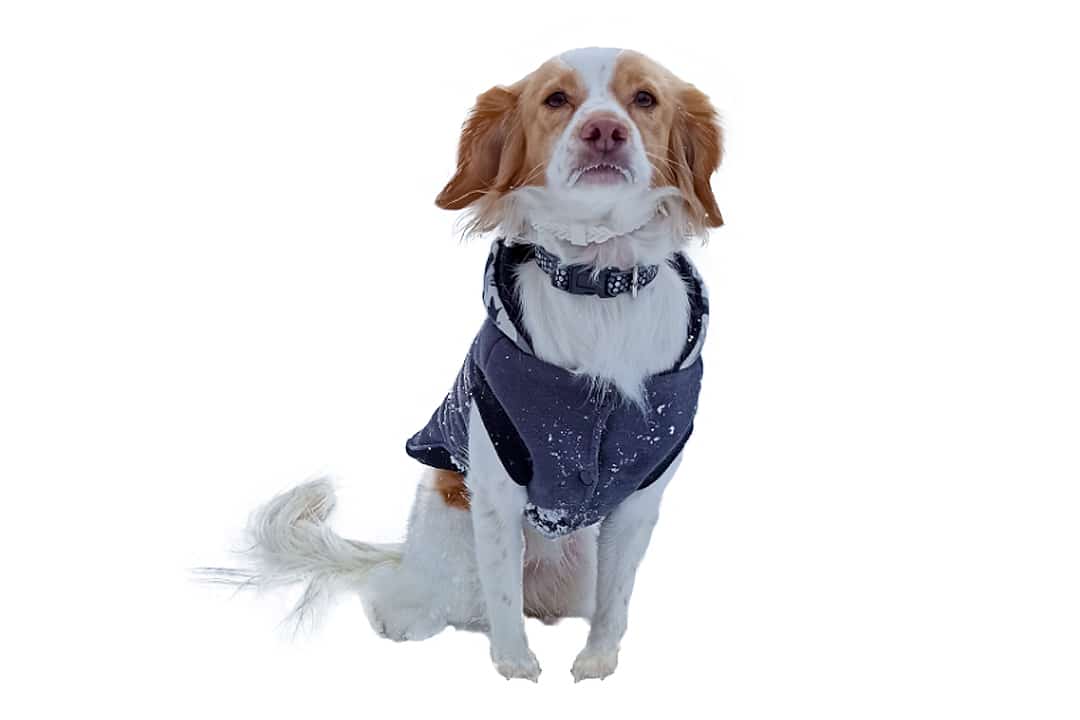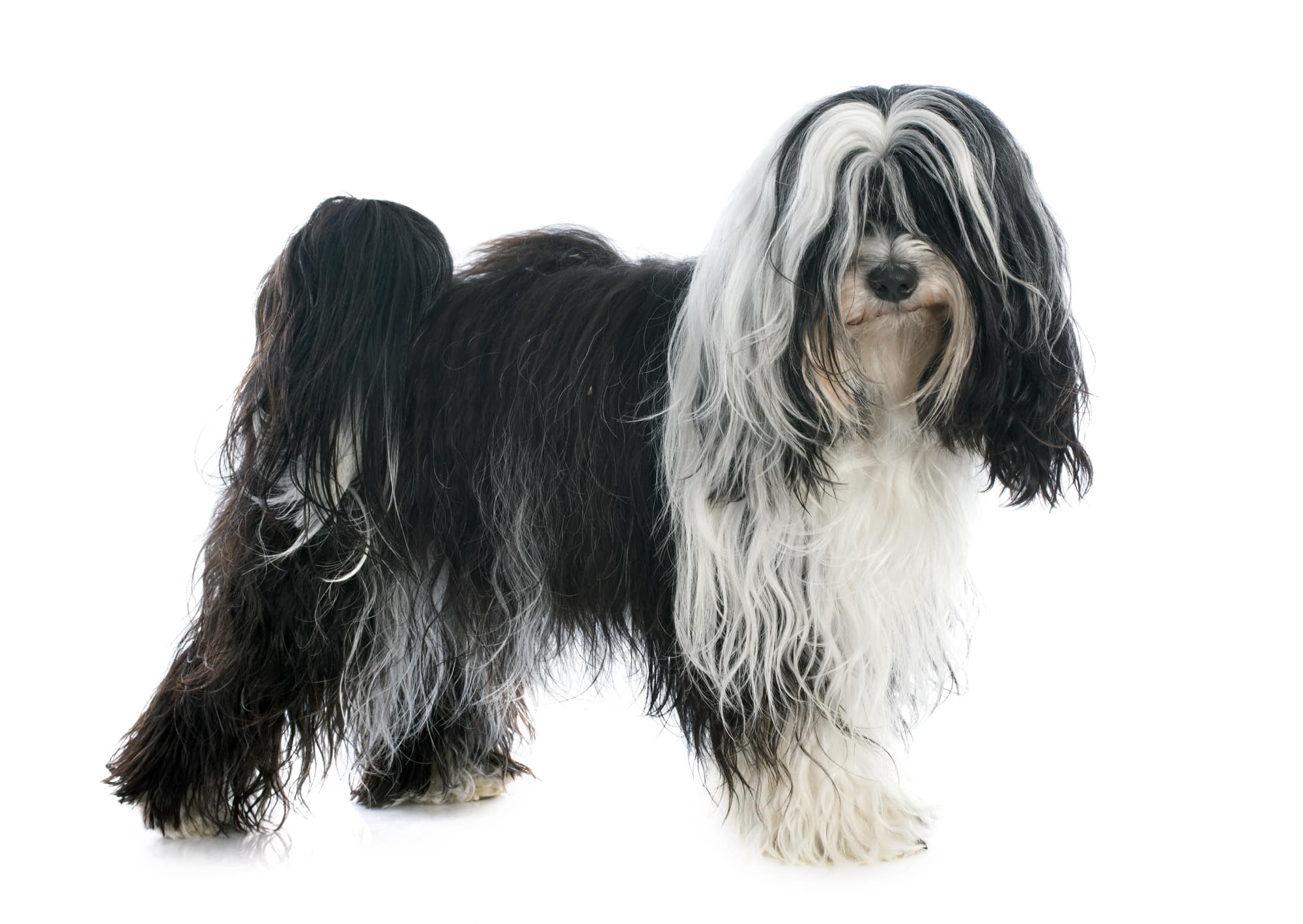Maltipoo
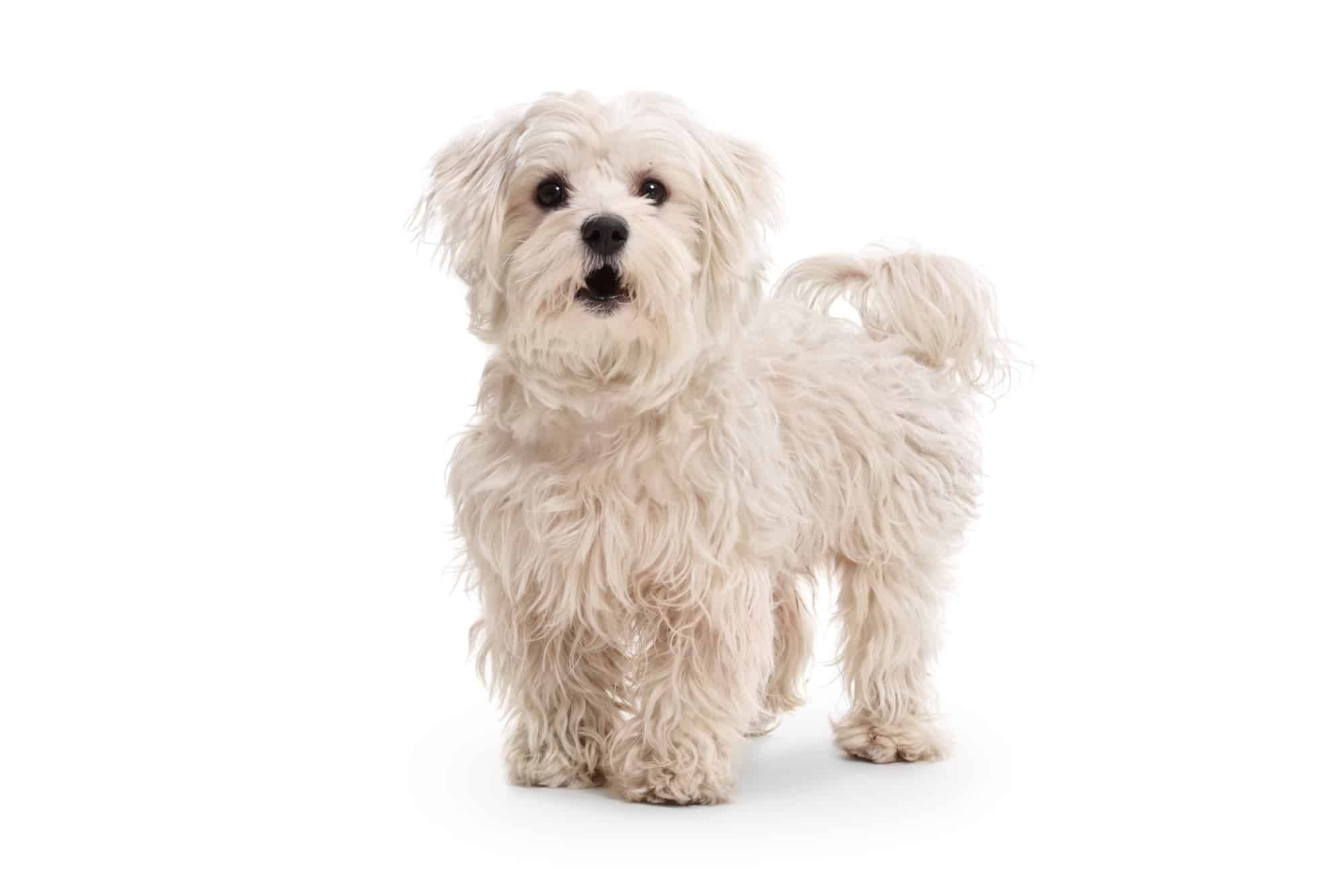
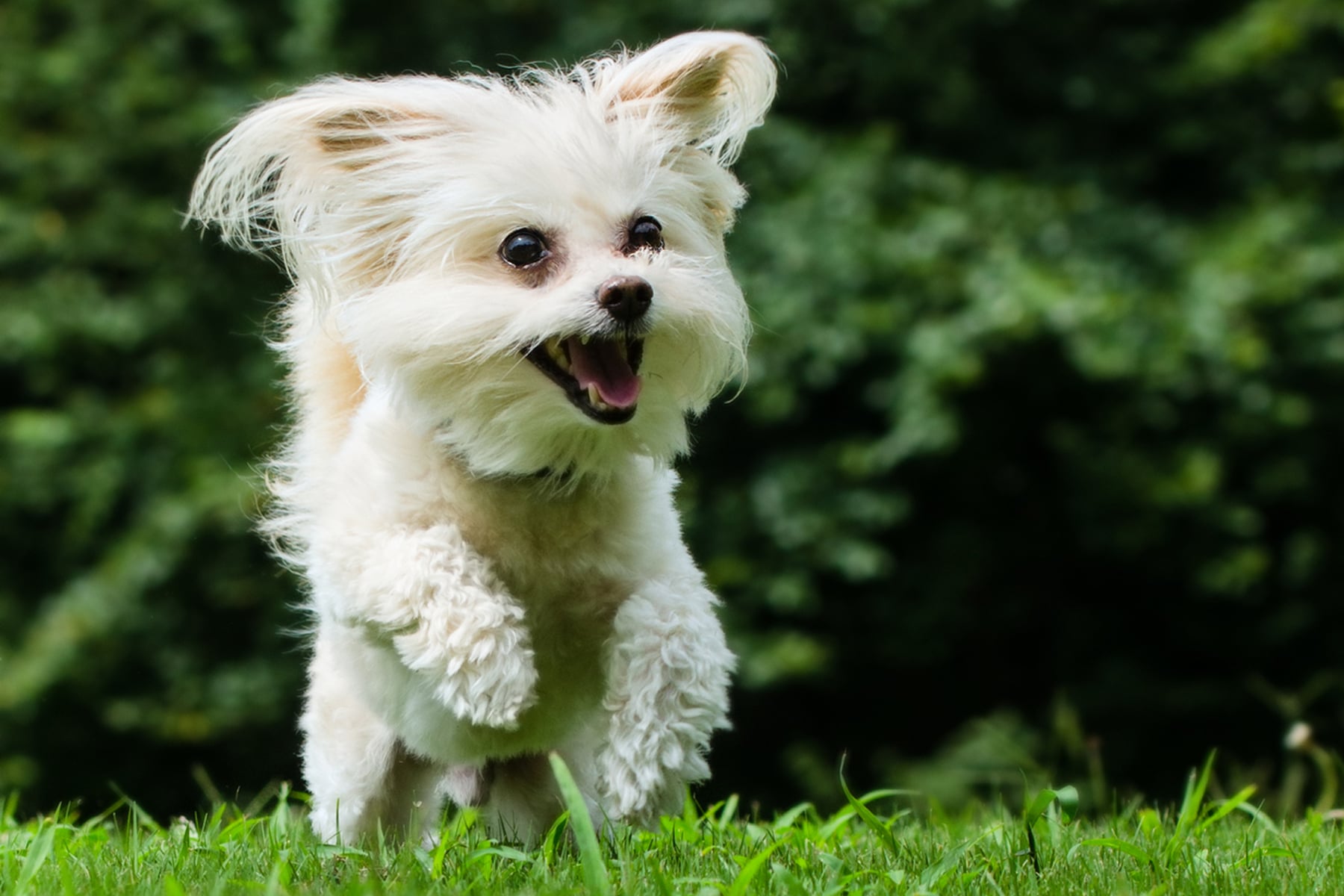
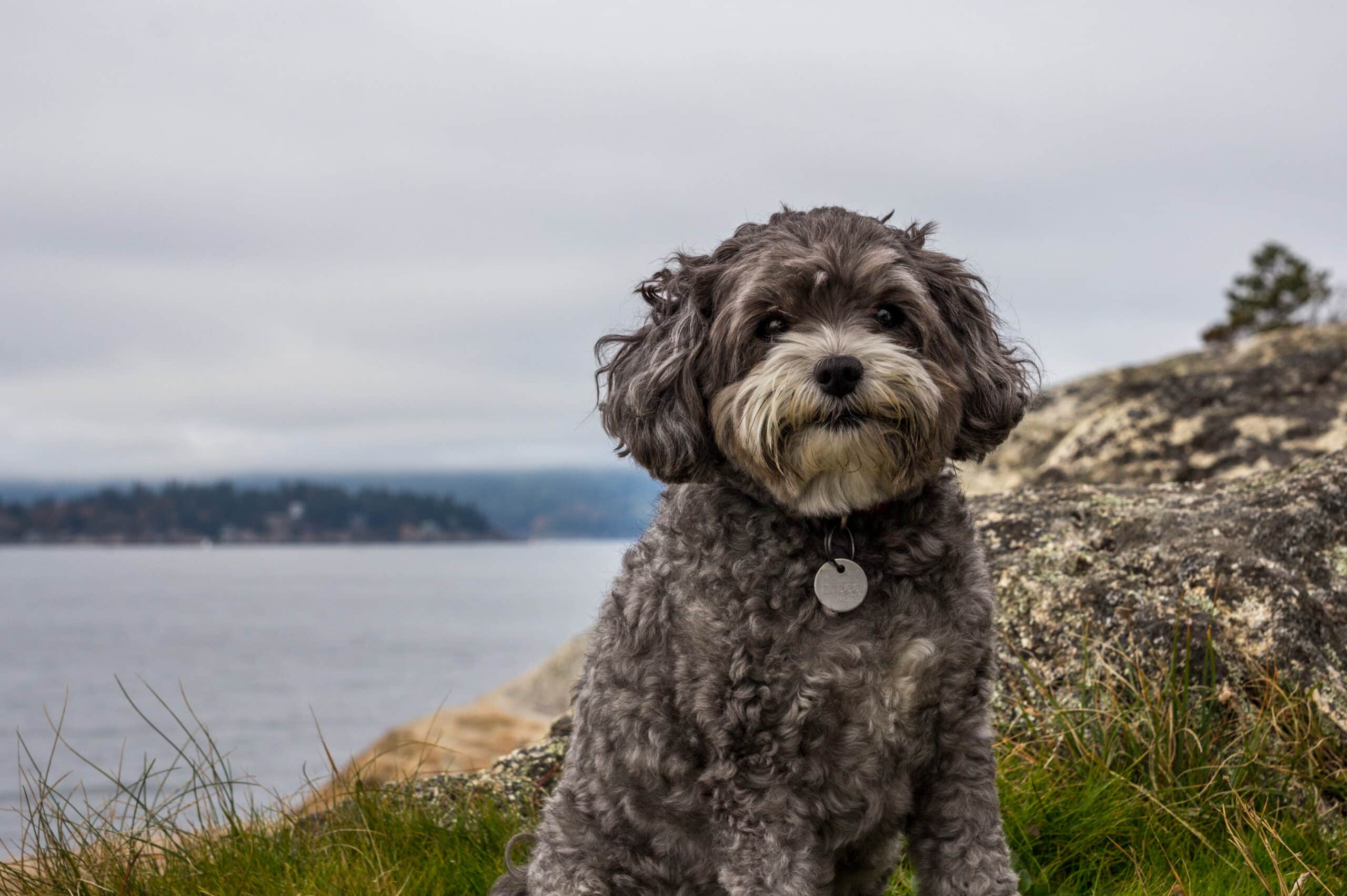
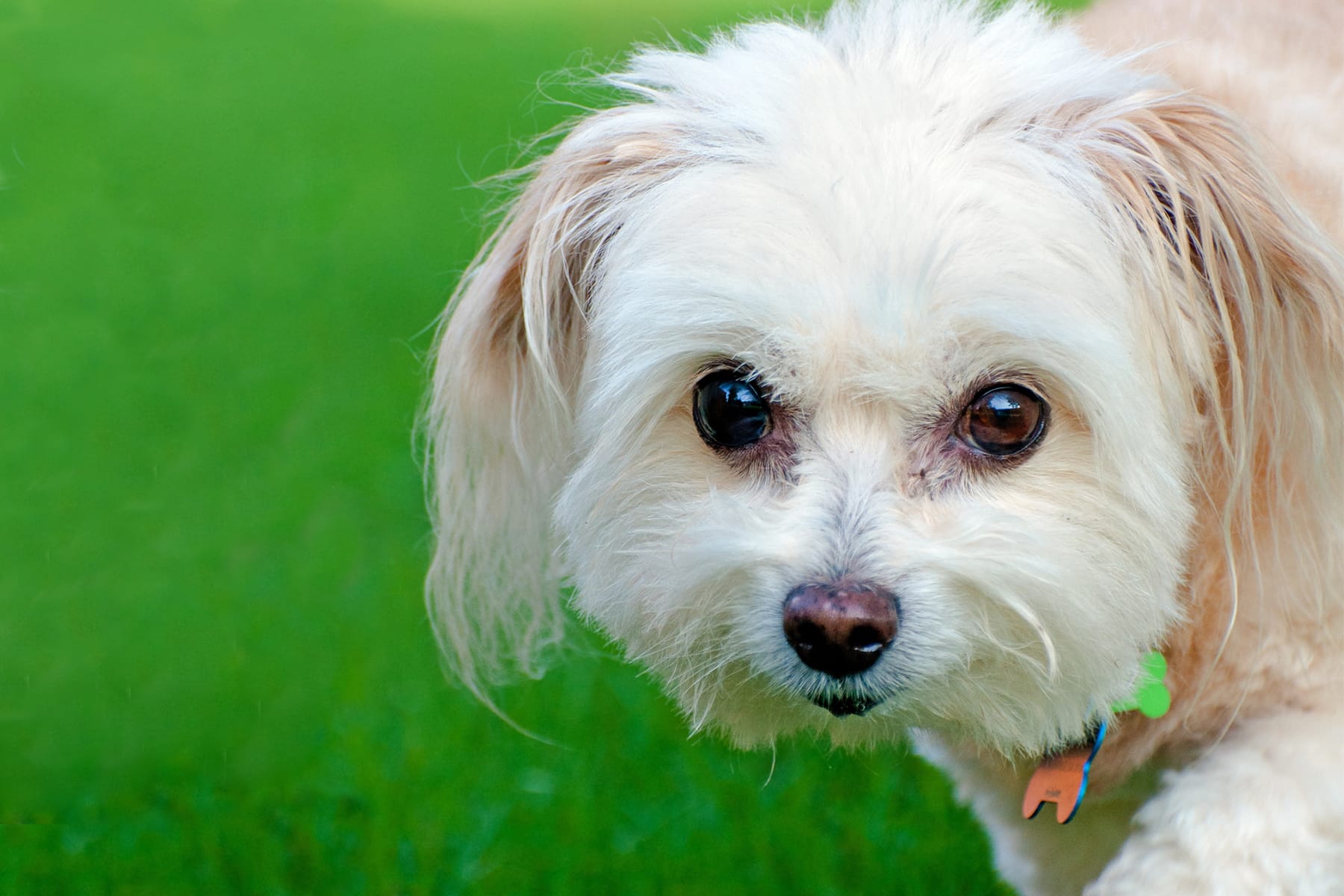
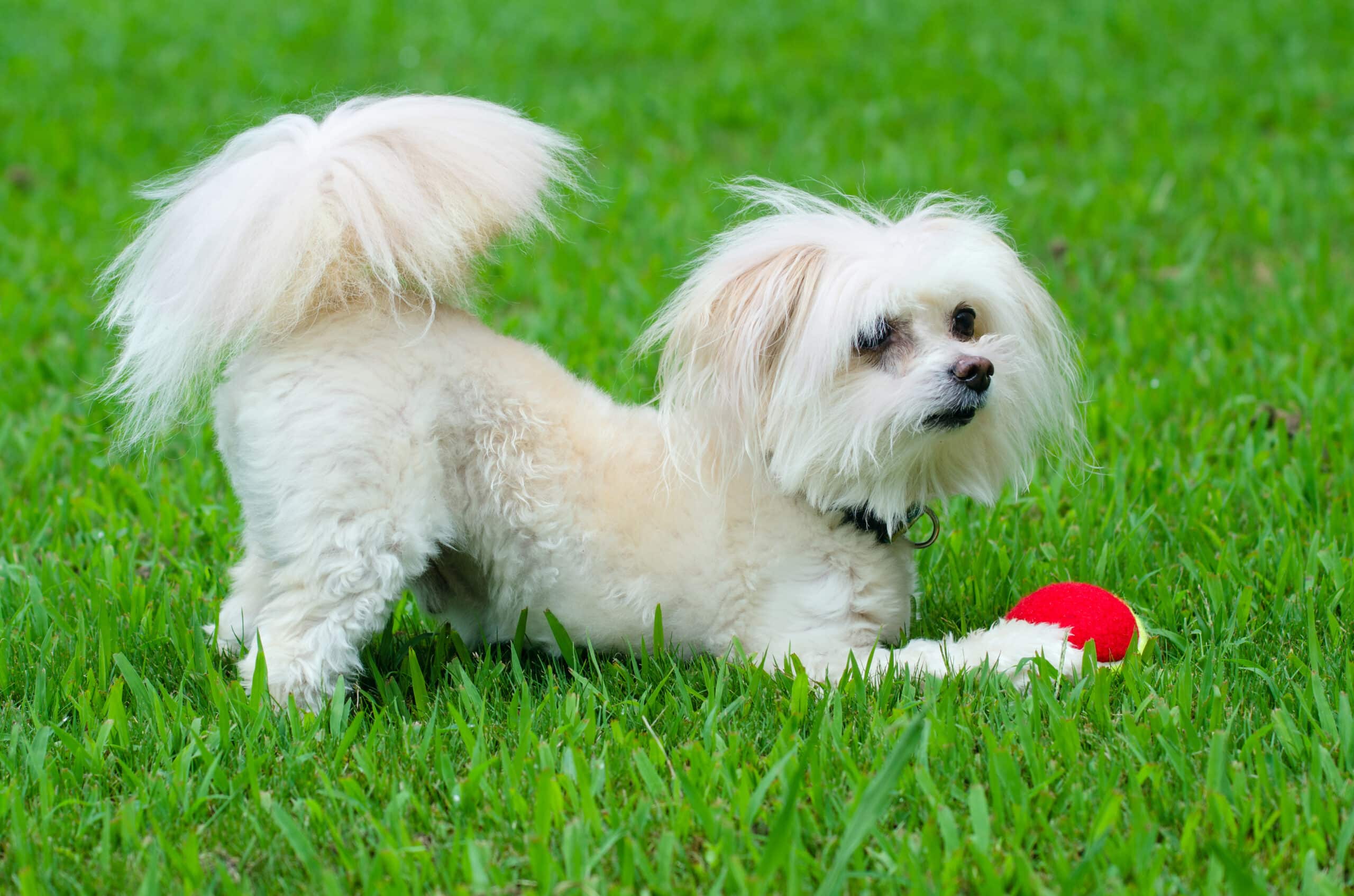
Temperament:
The Maltipoo is not actually a dog breed in its own right, but a cross between a Maltese and a miniature poodle. This cute crossbreed has become increasingly popular in recent times. With its active and charming nature, it fits into every family and every household, whether young or old.
Characteristics
The Maltipoo is a so-called hybrid breed. It is the result of a cross between the Maltese and the Toy Poodle. It is not recognized by the FCI as an independent breed. For this reason, there is no uniform breed standard.
Its size and weight can vary, depending mainly on the size of the poodle's parents. In general, however, it is a small dog and weighs between 3 and 6 kilograms on average. However, there are also Maltipoos that weigh up to 10 kilograms. Their height is usually between 28 and 35 centimetres.
The Maltipoo has a distinctive "teddy bear look", which makes it very popular. It has floppy ears and large, round googly eyes. Its coat is dense, voluminous and curly. It comes in all colors. The Poodle's genetic make-up is decisive, as Maltese are always white. The most common colors are therefore white, cream and silver.
Due to the crossing of the original breeds, the Maltipoo is considered very robust. He is not particularly susceptible to hereditary diseases. In addition, he has a life expectancy of 12 to 15 years.
There are great differences in character between the Maltipoos. No one can really be sure which characteristics of the parent breeds are inherited. In general, however, Maltipoos are very good companion and family dogs. They are intelligent, playful and very attached to their family or caregiver.
Most Maltipoos are very adaptable and feel comfortable with active people as well as on the sofa. Of course, a certain amount of exercise is always important. They also learn very quickly and are very affectionate. They are therefore also very suitable for beginners.
Maltipoos are easy to train and respond well to clicker training and similar methods. Right from the start, the dog should be taught to stop barking on command, as many Maltipoos tend to bark. They are often reserved towards strangers, but not aggressive.
The Maltipoo usually gets on well with children. However, as it is very small and can easily be injured if handled roughly, children should be at least five to six years old. It also has no problems with other pets if it gets used to them early enough.
Coat care:
Shedding:
Energy level:
Trainability:
Children suitable:
The right food
When choosing food, make sure that it contains high-quality ingredients, is balanced and meets your dog's requirements. Age, size or weight, activity and health status play an important role. You should follow the manufacturer's recommendations for the amount of food.
Treats should only be fed in moderation and deducted from the basic diet to avoid obesity.
Puppies can be fed 4-6 times a day. The number of meals should be gradually reduced to 2 per day until the dog is fully grown. A rest period should be observed after meals.
Fresh drinking water should be available at all times.
Health & Care
Poodles and Maltese have very different hereditary coat structures. Maltese have a long, smooth coat that requires a lot of grooming and regular trimming. The poodle, on the other hand, has a curly coat that hardly sheds and is considered hypoallergenic.
The Maltipoo's coat is not always uniform and requires individual grooming. In almost all cases, however, the small dog must be brushed daily. Many Maltipoos tend to have a very dense and fast-growing coat that tangles easily. Although the Maltipoo has very little hair, the effort involved in grooming should not be underestimated. Therefore, plan time for grooming every day.
Regular trimming is absolutely essential for the Maltipoo. It's best to find a good groomer or at least have someone show you exactly how to do it. If your small dog's coat is not groomed, it can quickly lead to skin problems.
Unlike many other dog breeds, it is good for the Maltipoo to be bathed with a mild dog shampoo from time to time. This helps to remove deep-seated dirt. As the Maltipoo hardly sheds any hair, this is often trapped by the dense, curly structure. Bathing also makes the coat shinier and fluffier.
The Maltipoo's claws must also always be looked after. If they become too long, they must be trimmed with claw scissors. If necessary, leaves or sticks should be removed from the coat by hand after every walk. It is also important to check the dense fur for ticks, especially in summer.
Finally, the Maltipoo's ears and teeth should be checked regularly. The drooping ears must be cleaned from time to time and checked for inflammation or foreign bodies. As with all small breeds, the teeth tend to form tartar very quickly. As the teeth are so close together, food debris can easily accumulate in the spaces between them. The teeth must therefore be brushed regularly.
Suitable accessories
In addition to the usual equipment for all dogs, some special items are very important for the Maltipoo. These include, above all, grooming equipment. Both a high-quality brush and a comb belong in the grooming kit. Scissors are also needed if the dog is regularly taken to the groomer. These can be used to manually trim the eye area or ears.
You will also need an ear cleaner, a mild dog shampoo and tick tweezers. Toys are also essential, as the Maltipoo is intelligent, playful and enthusiastic. Chew toys that clean the teeth while playing are particularly suitable. Intelligence and search games are also recommended to keep the Maltipoo mentally busy. He also loves clicker training.
Other accessories that are part of every dog's basic equipment: collar or harness with lead, dog basket or dog mat as a place to retreat to, water and food bowl, claw clippers, toothbrush and toothpaste for dogs, transport box for transportation in the car and a first aid kit. It's best to ask your vet what should be in the first aid kit.
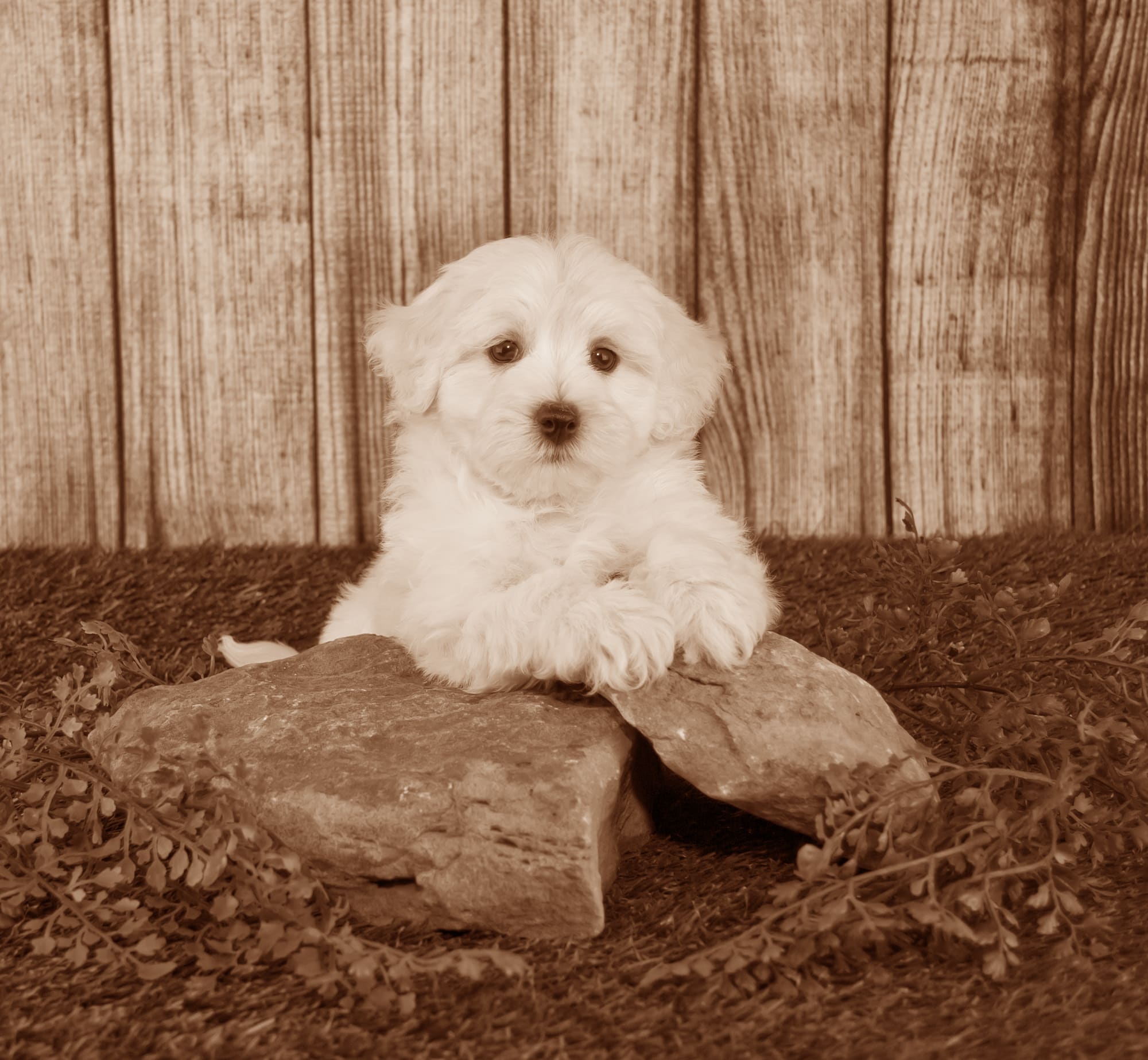
Origin & History
The Maltipoos originated in the USA in the 1980s. The targeted mating of Maltese and Miniature Poodle was intended to create a new fashionable dog that was suitable as a small companion dog and for allergy sufferers. It was to combine the best characteristics of the respective parent breeds.
The poodle is often crossed into modern hybrid breeds. Above all, it is said to pass on its hypoallergenic, non-shedding coat and intelligence. The Maltese, on the other hand, has been bred for generations as a sociable lap dog, while the poodle was originally a hunting dog. Its character is therefore very people-oriented. This also contributes significantly to the Maltipoo's extremely cute appearance.
As a rule, the Maltipoo is crossed from the different parent breeds. However, it is also possible to breed two Maltipoos together. In this case, however, the result is much more unpredictable, which is why most breeders refrain from doing so.
For a long time, the Maltipoo was found almost exclusively in America. It is only in the last twenty years that breeding of these cute crossbreeds has spread to Europe and Asia. Nevertheless, it is still not recognized by the FCI as an independent breed. In the USA, however, it has been recognized as an independent breed by the United States Kennel Club since 1995.
